Last Updated on 6 November 2018 by Poorna & Brinda
Diwali in India is a festival that is celebrated with lot of enthusiasm and fervour.
Diwali or Dipavali is the biggest festival in India. A festival which is celebrated across the country. “Festival of lights” as it is called is a time for families to come together and celebrate with joy. Communities come together in bonhomie.
India being such a diverse country, it was not a surprise to read about Diwali being celebrated differently in some parts of our own home state , Karnataka and in Chattisgarh. Away from the noises of crackers here are two unique traditions which are interesting.
Wishing you all a very happy, joyous and sparking Deepavali/Diwali!
Diwali celebration by Lambanis
Lambanis are nomadic tribes who are found in large numbers in the central districts of Chitradurga, Davanagere and Bellary in Karnataka. A hard-working tribe who have a their unique tradition and culture, Diwali is celebrated differently by them.
In “Tandas” as Lambani settlements are known, Diwali is celebrated by unmarried girls. Many Hindu festivals are normally observed by married women. But here is a difference. Men and married women are not allowed to join the festivities!
Diwali or “Dawali” as it is called by Lambanis is celebrated by unmarried girls. Starting with worshipping of Goddess Lakshmi on new moon day – the second day of Diwali – the girls get dressed up in traditional attire and carry traditional oil lamps to the head of the tanda – village head – and worship the deity in his house.
On the next day – “Bali Padyami” – these girls go into the forests early in the morning to pluck the wild flowers, dancing and singing all along. After collecting flowers, they reach the temple of village goddess and worship her with the flowers collected.
From the temple, the girls visit every home in the thanda, light the traditional lamp in the house and bless it. The rounds of the houses done, the sound of drums invite the girls to come to the house of village head man. Fully decked in traditional lambani dress which is very colourful, the girls reach the house where festivities start.
The girls dance to Lambani folk tunes accompanied by drum beats. The lovely rhythm and colourful attire of the girls is a treat to the eyes. Fire crackers are burst during this time. The dance normally take 2 hours after which the elders bid farewell to the girls who go to the temple of village goddess again and pay obeisance.
Temple rituals done, the girls go to every house in the evening where holy cow dung is worshipped with offering of milk and flowers. The rituals end with everyone in the tanda getting together for festive dinner in the house of village head man.
Building castles on Diwali
We don’t know when this tradition started. But this is quite interesting.
In some villages of Belgaum district and also in neighbouring Maharashtra, Diwali brings in the spirit of castle building among the children. As soon as Dasara festivities end, the children start planning for building miniature castles in the village on Diwali day.


Using local materials, these children design their castles with imagination. Long holidays for school during Dasara help them to start preparations early. The kids in the village go around and collect donations to build the castle.
Theses castles look real with gates, turrets, guard houses, cannons and of course the king on the throne! The competitive spirit among the kids ensure that you get the best out of them. The elders in the villages judge the winner of the best castle and the team making it is awarded.
These castles have become cynosure with people from neighbouring villages and towns descending to see them.
Check out this nice video by Prakash Manjrekar on the castle building
If you are around these villages or driving in the region, check out these lovely castles!
Diwali in Bastar
It is not Diwali for tribals in Bastar. It is “Diyari”!
Come Deepavali and the towns in Bastar, populated almost entirely by settlers from various parts of India, get lit up with colourful lights and the air is filled with the sound and smell of fireworks.

But rural Bastar, inhabited by the tribes, is largely quiet and unconcerned. Their festival of light, Diyari, is still some months away. Diyari surely does not have the glitz of urban Deepavali. But it has an earthy charm.
More details in this lovely story in Times of India – https://www.speakingtree.in/article/a-different-deepavali
Postscript – This is an abridged and translated version of articles which was published in “Prajavani” the leading Kannada newspaper. We are thankful to the authors Usha Prashant ( for Lambanis) and Sudhakar Talawara ( For Castle).
Thank You
Thank you for stopping by “Travel Twosome”. We hope you liked this post on Diwali in India and enjoyed reading it. Please share it among your friends by clicking the buttons below. Our aim is to share our experiences to inspire you to travel more!

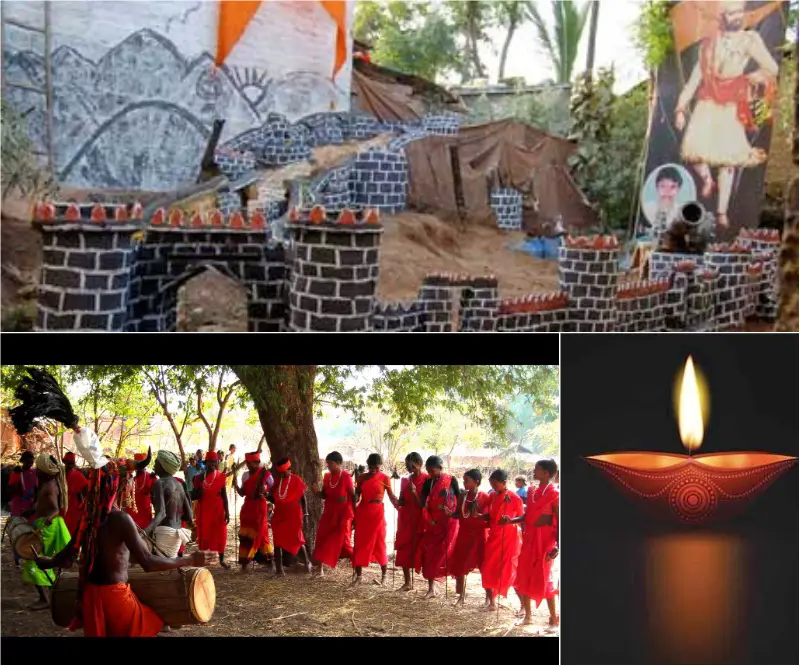
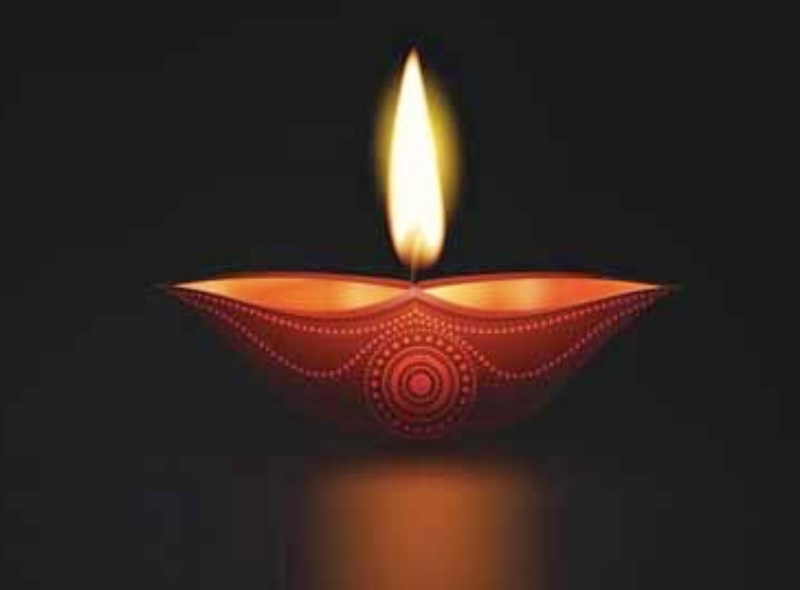
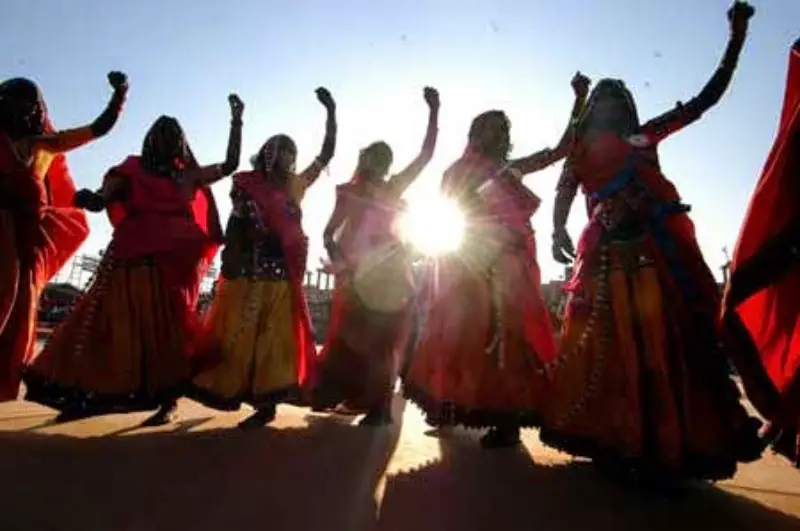
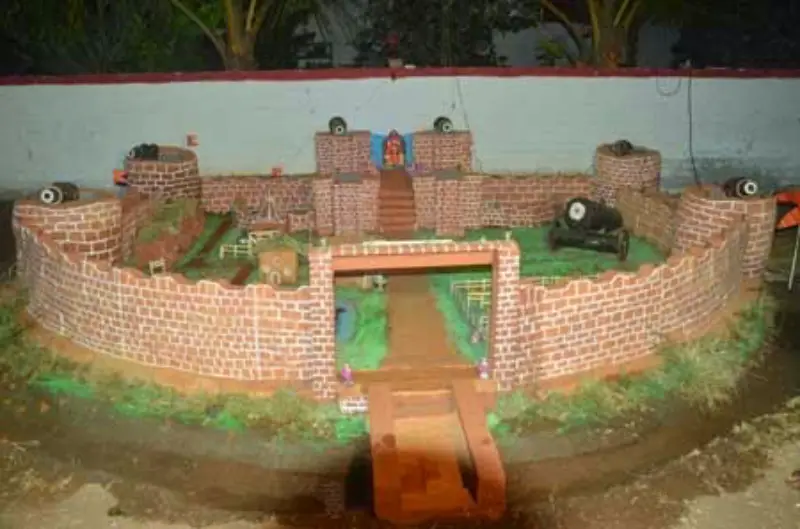
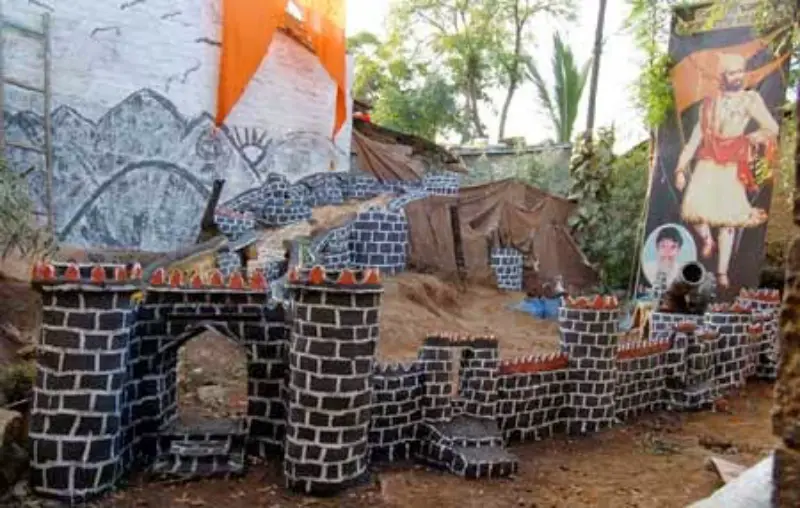
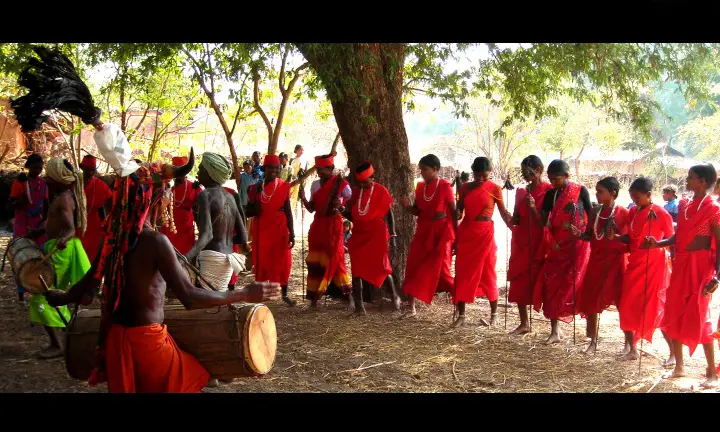
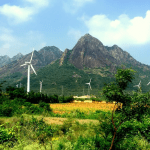
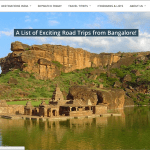
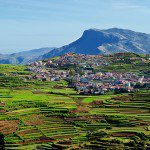


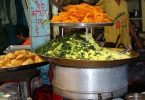

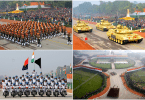
An interesting article on how differently the festival is celebrated
Very interesting. Love to go through such interesting information which generally one hardly comes across. Thanks team Poorna & Brinda for sharing such wonderful travel accounts. Keep up with the good work ! 👍
Thanks Mahesh